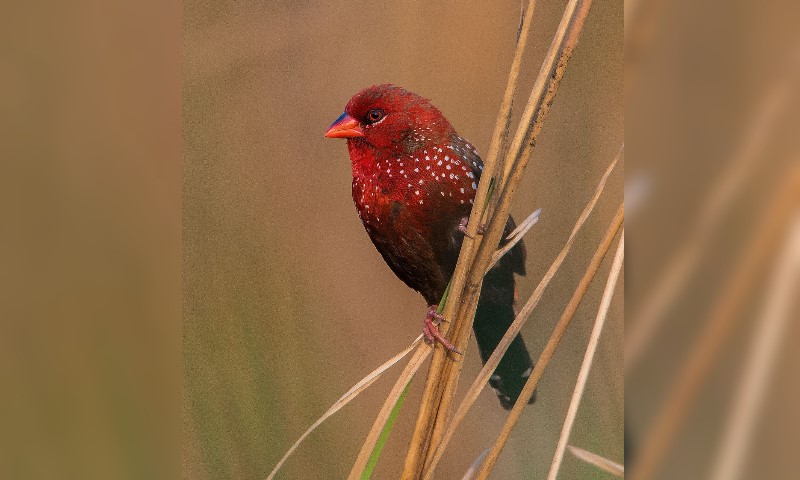
Rare Grassland Birds Rediscovered in Assam’s Kaziranga National Park

 :
| Updated On: 15-Jul-2025 @ 3:52 pm
:
| Updated On: 15-Jul-2025 @ 3:52 pmSHARE
A recent bird survey conducted in Assam’s Kaziranga National Park has brought encouraging news for conservationists and bird enthusiasts alike. The study, carried out by the Assam Forest Department in collaboration with wildlife NGOs, confirmed the presence of 43 grassland bird species in the park — including several that are among India’s rarest and most threatened. This survey highlights the ecological richness of Kaziranga's floodplain grasslands, which often go unnoticed amidst the park's fame for large mammals like one-horned rhinoceroses, elephants, and Royal Bengal tigers.
Among the birds identified were the Swamp Prinia (locally known as Honali Ghay Pati), Bristled Grassbird (Suli Thoka Ghay Soray), and Rufous-rumped Grassbird (Lal Pithir Ghay Soray). These elusive species depend heavily on intact and healthy grassland ecosystems, making their presence a strong indicator of the revival and resilience of Kaziranga’s fragile natural habitat.
The most remarkable rediscovery of the survey was that of the Finn’s Weaver — locally called Tukura Soray. This brilliantly colored bird, known for its extraordinary nest-building skills, had not been sighted in the park for a long time. Its intricate, basket-like nests, often built high up in trees, are marvels of avian architecture. Their presence suggests that the habitat is not only intact but flourishing in areas that support their specific ecological needs.
Birdwatchers and ecologists expressed overwhelming joy at these findings. A senior ornithologist involved in the study said, “We used to worry that these birds were lost from this region. Seeing them again is like hearing the forest breathe with joy.” For many in the birdwatching community, the rediscovery of these birds, especially the Finn’s Weaver, has been a long-cherished dream come true. Aritra Dey, a birder from Kolkata, shared his excitement after spotting the Tukura Soray, saying it was a magical experience he waited ten years for. “It’s not just about the bird, it’s about what its presence tells us. It means the grasslands are alive again,” he added.
Similarly, Priyanka Barman, a birder from Guwahati, expressed hope for the environment, saying that the return of sensitive species like the Bristled Grassbird proves that positive ecological changes are happening. These birds, highly responsive to environmental shifts, serve as natural indicators of ecosystem health.
The news has sparked a wave of excitement among wildlife photographers, conservationists, and social media users. Many have celebrated the return of what they’re calling “grassland ghosts” — species that were feared to have vanished forever.
While Kaziranga is internationally recognized for its dense forests and wetland biodiversity, this survey shines a light on its often-overlooked floodplain grasslands. These grasslands are now recognized as crucial habitats, not just for large herbivores but also for many vulnerable and rare bird species that rely on them for survival.
With the confirmed return of species like the Swamp Prinia, Rufous-rumped Grassbird, and Tukura Soray, Kaziranga reaffirms its role as a vital refuge — not only for iconic megafauna but also for some of nature’s most fragile and beautiful avian wonders.